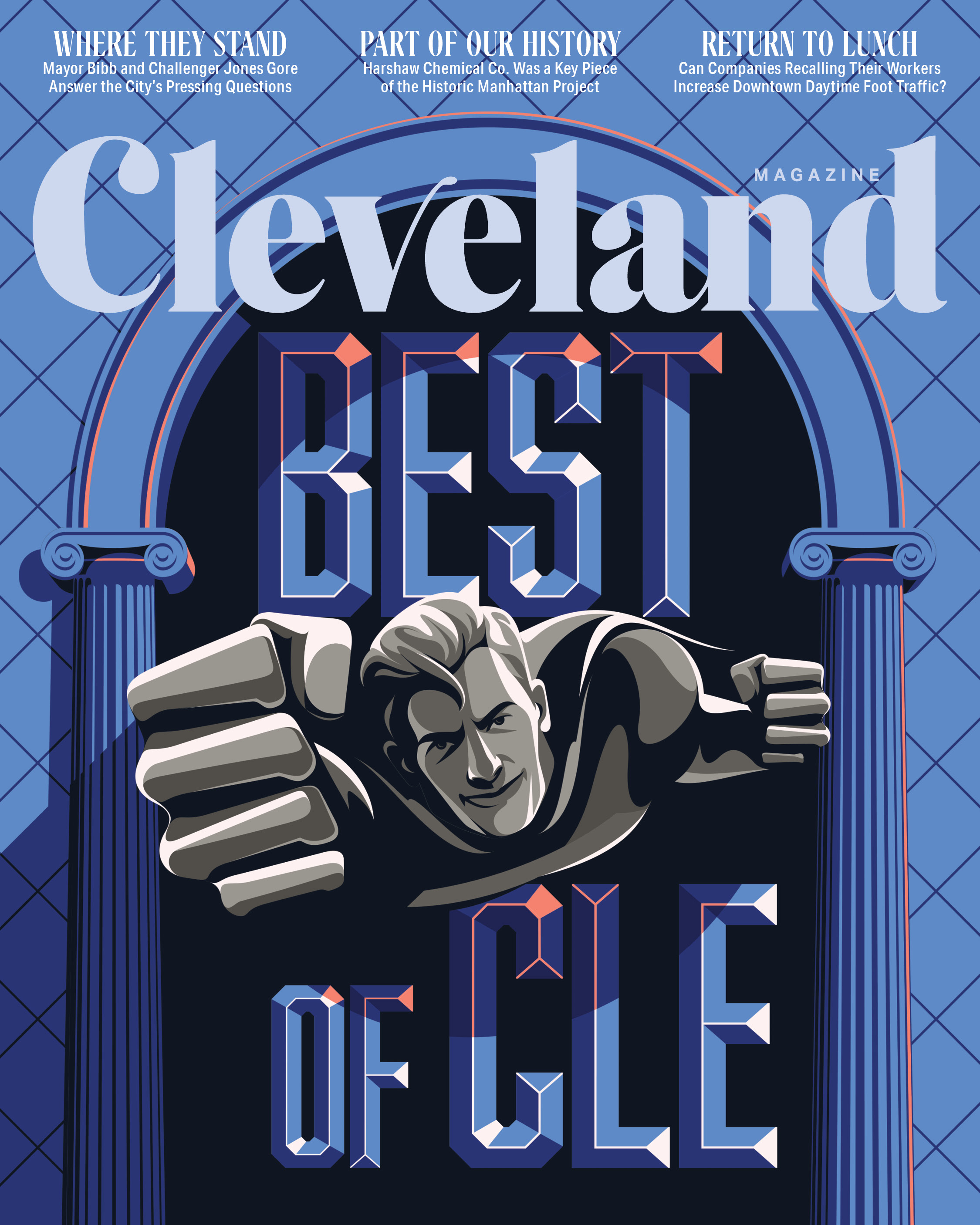Made in America
by Chuck Bowen | Nov. 17, 2011 | 5:00 AM
It's no secret that times are tough. But Cleveland native Jack Storey and Rick Stockburger of Akron were tired of seeing the Midwest's major cities depicted as bombed-out relics of their former glory. So, Storey and Stockburger set out to create a documentary titled Red, White & Blueprints that tells the Rust Belt's success stories and shows what's really going on in Cleveland, St. Louis, Detroit, Pittsburgh, Buffalo and Youngstown. The men spent two weeks filming footage this summer and posted a trailer online in October. They hope to raise enough money to complete and release the film by next fall. We recently caught up with Storey to talk about the project.
Q. How did you end up making this film?
A. I was in a band and spent a long time touring the country in a van with four other guys. The only thing I've known is entertainment. ... [The movie will] give a grass-roots, honest viewpoint of what these cities are going through and where these cities are going.
Q. What did you learn while you were out on the road?
A. We went out with a hypothesis that was proven almost entirely wrong. I thought we'd see a handful of people that cared surrounded by a lot of apathy. These people are sad, depressed sometimes, but they are resilient people. The steelworkers and autoworkers ... they're the ones who had the ideas: What if we tried this? What if we repurposed this? They were just so eager to find new opportunities for their skill sets. That was the most inspiring part of the process. It's misguided to count out the men and women who built the region to begin with.
Q. What ideas do you see in place here that are already improving Cleveland?
A. One of my favorite things I've seen is the Cleveland Colectivo. It's a group of people that have normal jobs, and they throw in $400 each and make grants — completely free money. It's run by citizens, people who are interested in having a more vibrant city. I really enjoy what's happening in North Collinwood. I enjoy the camaraderie of Waterloo [Road]. People seem to build businesses around each other's businesses. It sounds really simple, but I didn't see it very often [while traveling], although it happened in St. Louis on Cherokee Street.
Q. What do these all the cities you visited last summer have in common?
A. I think the foremost thing is pride. These are tough cities. These are work ethic-based cities. These are cities that were built by people who passed on that labor-intensive mentality, a sense of place. Each one had its own personality. The personality in Detroit is not similar to Cleveland whatsoever. These cities are all very much their own place. They all were important to the development of the country and the free world, and you can feel that. That work ethic is still hanging out in the people. It's just a matter of breathing it in every day.
Q. How does our city's focus on the health care industry and higher education mesh with our work ethic and workforce?
A. They go well together. I think we're not doing a good job of exploring that right now. To help move that new economy along and to give it some form of purpose, people would be really remiss to ignore the skill sets of people who were building engines. There's certainly room for both. We did the eggs-in-one-basket thing before. I fear we'll become too reliant on those two new economies. I don't want to see that happen.
MORE INFO savingcities.com
Trending
-
1
-
2
-
3
-
4
-
5










